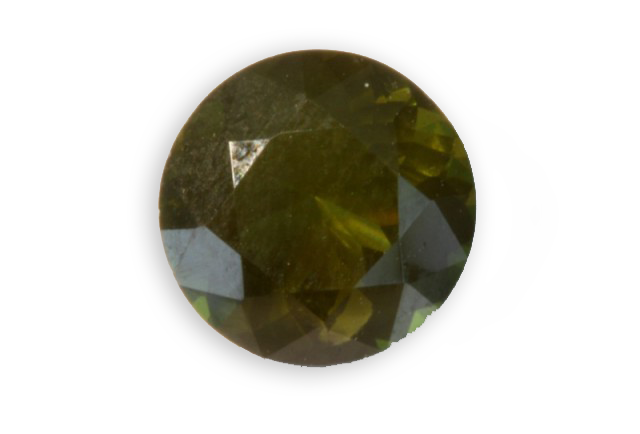
tetragonal
Je vous emmène à travers mes vidéos découvrir mon expérience acquise depuis plus de 30 ans a silloner le globe entier à la recherche de pierres précieuses, de rencontre mémorables mais aussi de difficulté parfois …
actualités
Categories

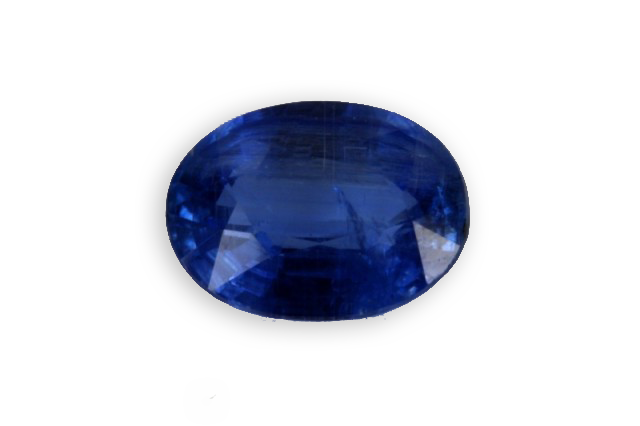
kyanite
Its name recalls its dominant color : blue in Greek (cyan). Sometimes colorless, but generally blue to bluish green, this gemstone has a hardness ranging, with its texture in plans, from 4.5 (direction of elongation) at 6 to 7 (perpendicular to the elongation). It also
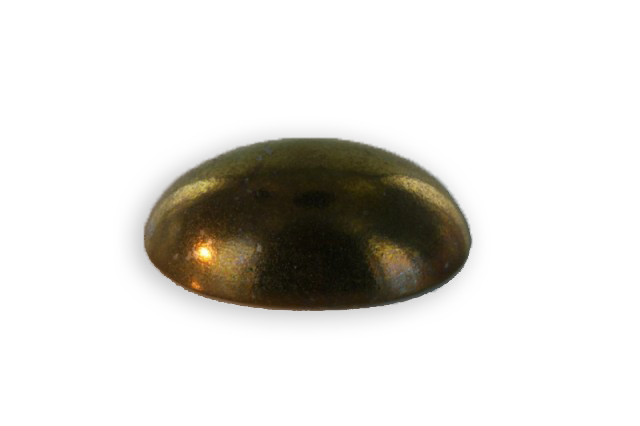
chalcopyrite
Its name comes from the Greek “chalcos”, which means copper and pyrite: this is a copper pyrites. It was identified in 1725 by Henckel. Chalcopyrite may contain gold in small quantities, it is then exploited for this precious metal.
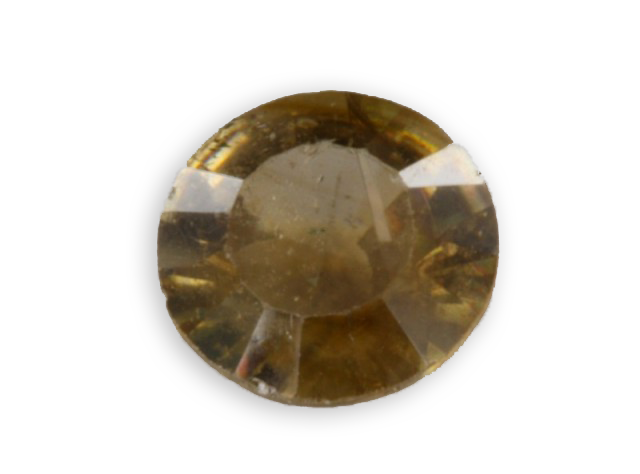
cassiterite
Its name comes from the Greek “kassiterôs”, tin, or the name of the islands “Cassiterides” that produced this tin ore in antiquity, very likely islands very close to present-day Spain that would have given their name to this tin mineral, cassiterite. It is the principal
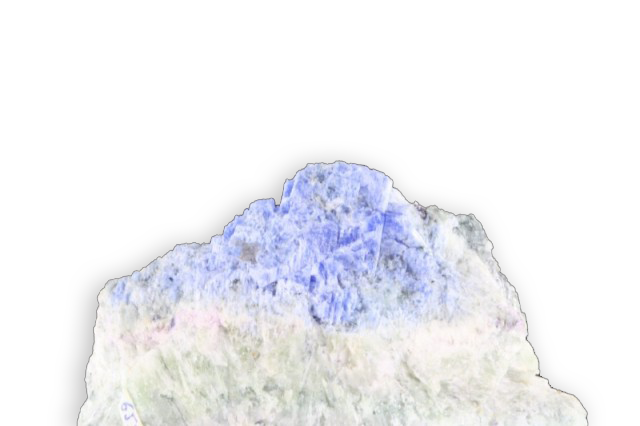
carletonite
Discovered at Mont Saint-Hilaire in Canada by a team of the Carlton University in Ottawa, it was named after it.
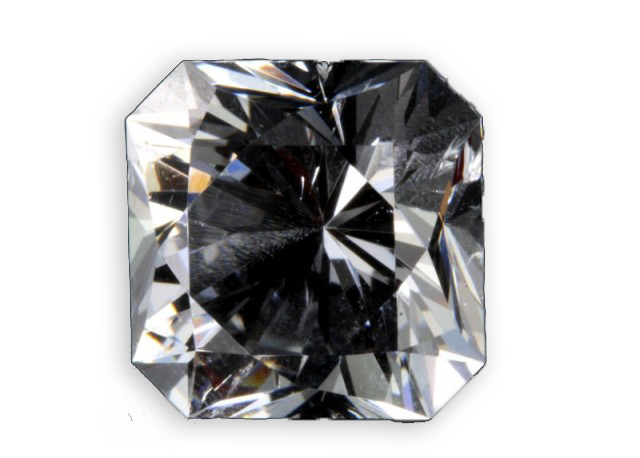
apophyllite
It was identified in 1806 by René Just Haüy, its name comes from the Greek “apophylliso” which means “exfoliates”, “that flakes “ … to heat, friction, acid. There are several varieties according to their chemical composition: rich in sodium, it is the natroapophyllite; rich in



